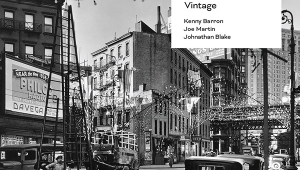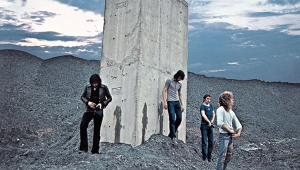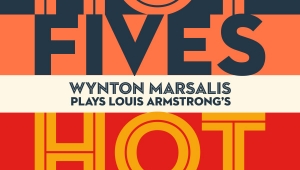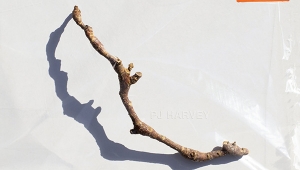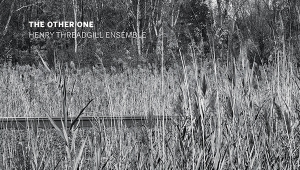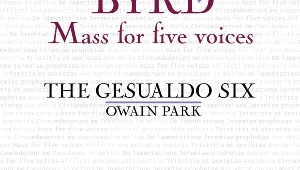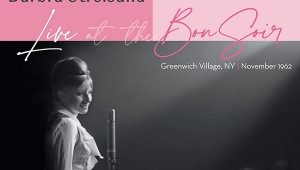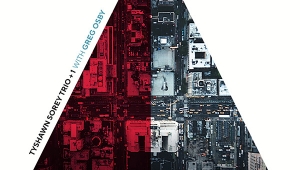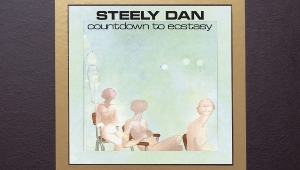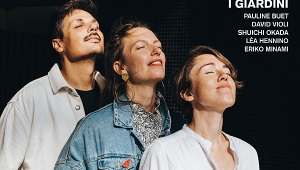| Columns Retired Columns & Blogs |
I finally got my first Wilson recording ("Recital") on hires download from HDTracks, and I have to say it's the most unusual organ recording I've heard. My memory of a few audiophile LP's I had long ago might have faded out by now, but I don't think I would have heard this level of overall clarity and bass detail back then anyway.
On first play, silence, then the track begins with a rumble - not from the organ, but from the ambient background. Perhaps the volume was too high. Then the organ, recorded very close up, and the highs are well preserved - I'd recommend a very flat treble for this, since some of the small pipes might be a bit piercing if your treble is peaky or elevated. What I don't understand yet is how so much of the sound is very close up, yet there's a strong sense of the room/hall containing the organ, with reverb that sounds like where I last listened to tracker organ recitals in Cleveland.
I suppose my ears adjusted to this very quickly, as it sounds spectacular, and I do not exaggerate with that word. Some of the famous pop/rock music recorded in the late 1960's to early 1970's and available on HDTracks as 96/192 hires downloads have obvious tape dropouts in places, but this Wilson recording sounds like it was recorded yesterday. My first impression of the overall sound was heavy and dark, compared to many other organ recordings I have from Biggs in 1960 onward. But as I said, I adjusted quickly.
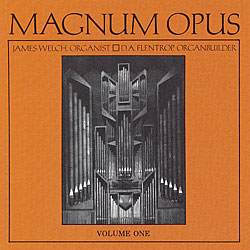 JAMES WELCH: Magnum Opus
JAMES WELCH: Magnum Opus



